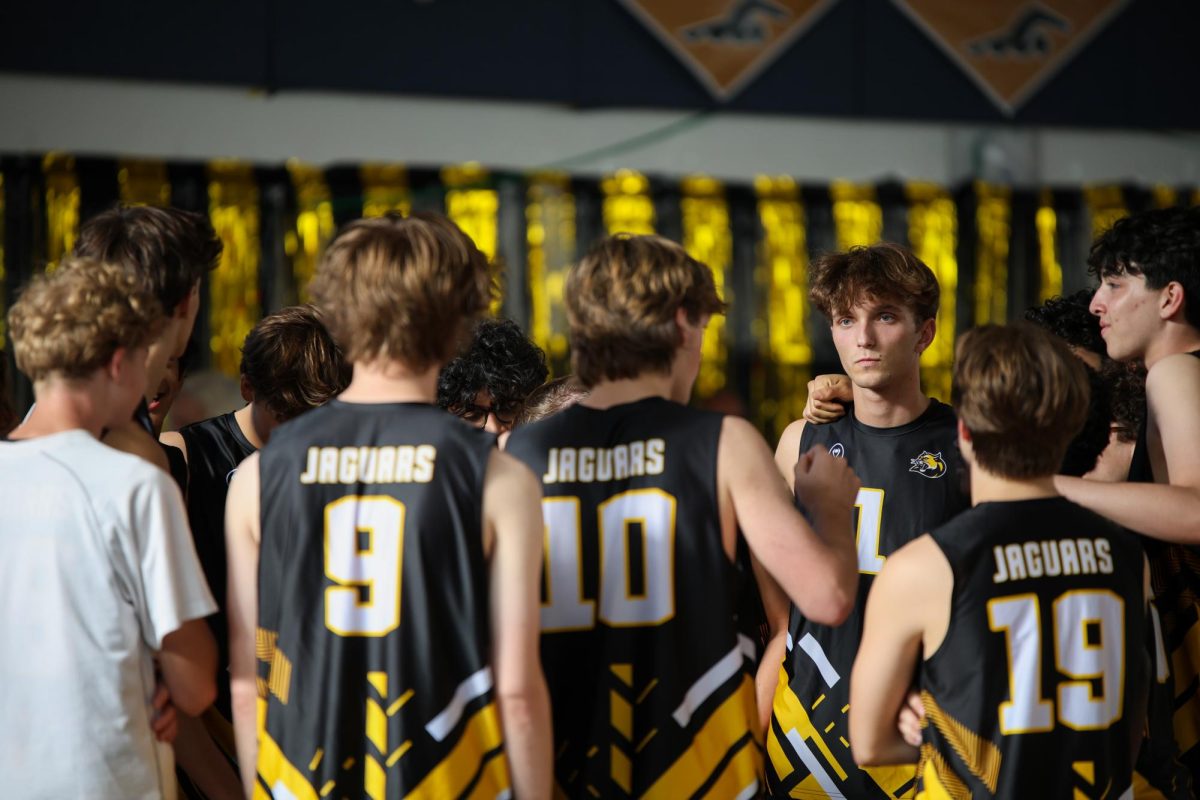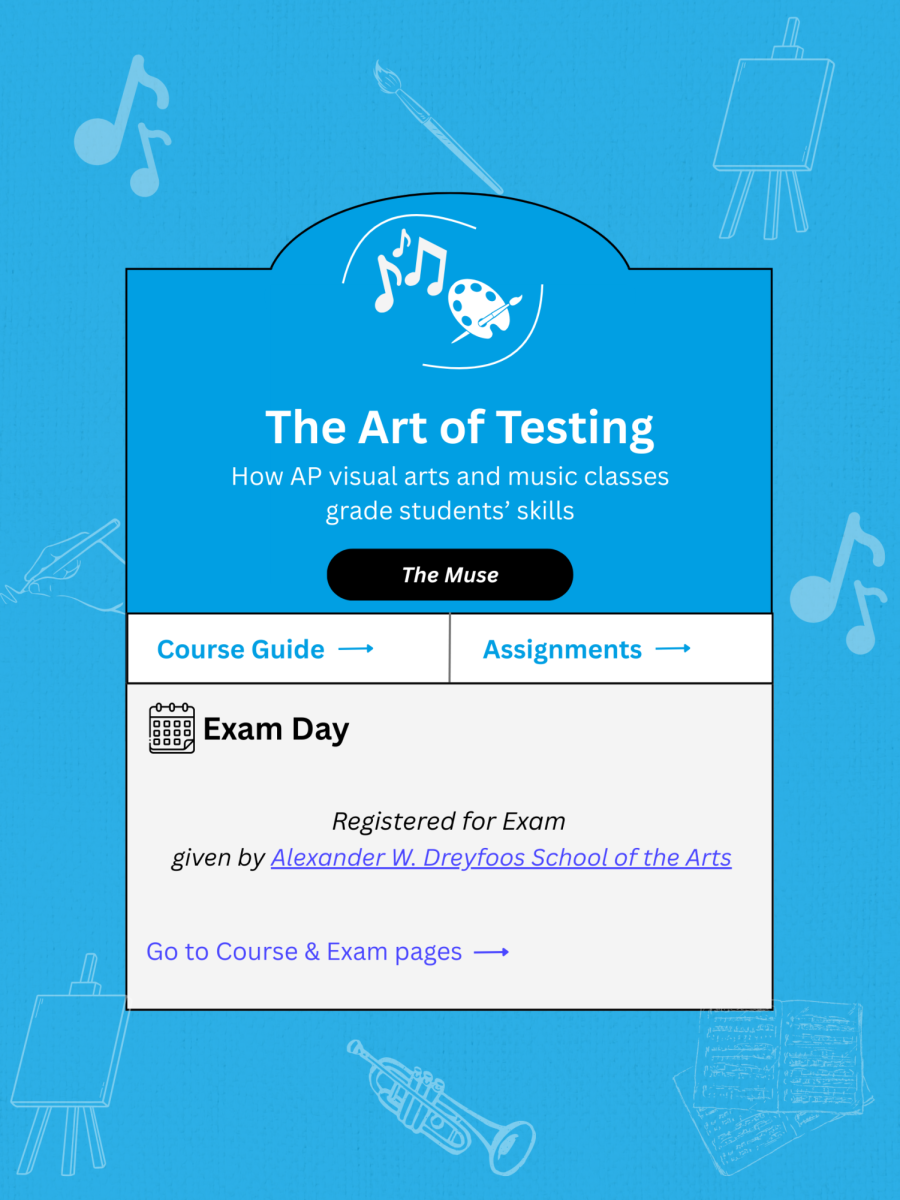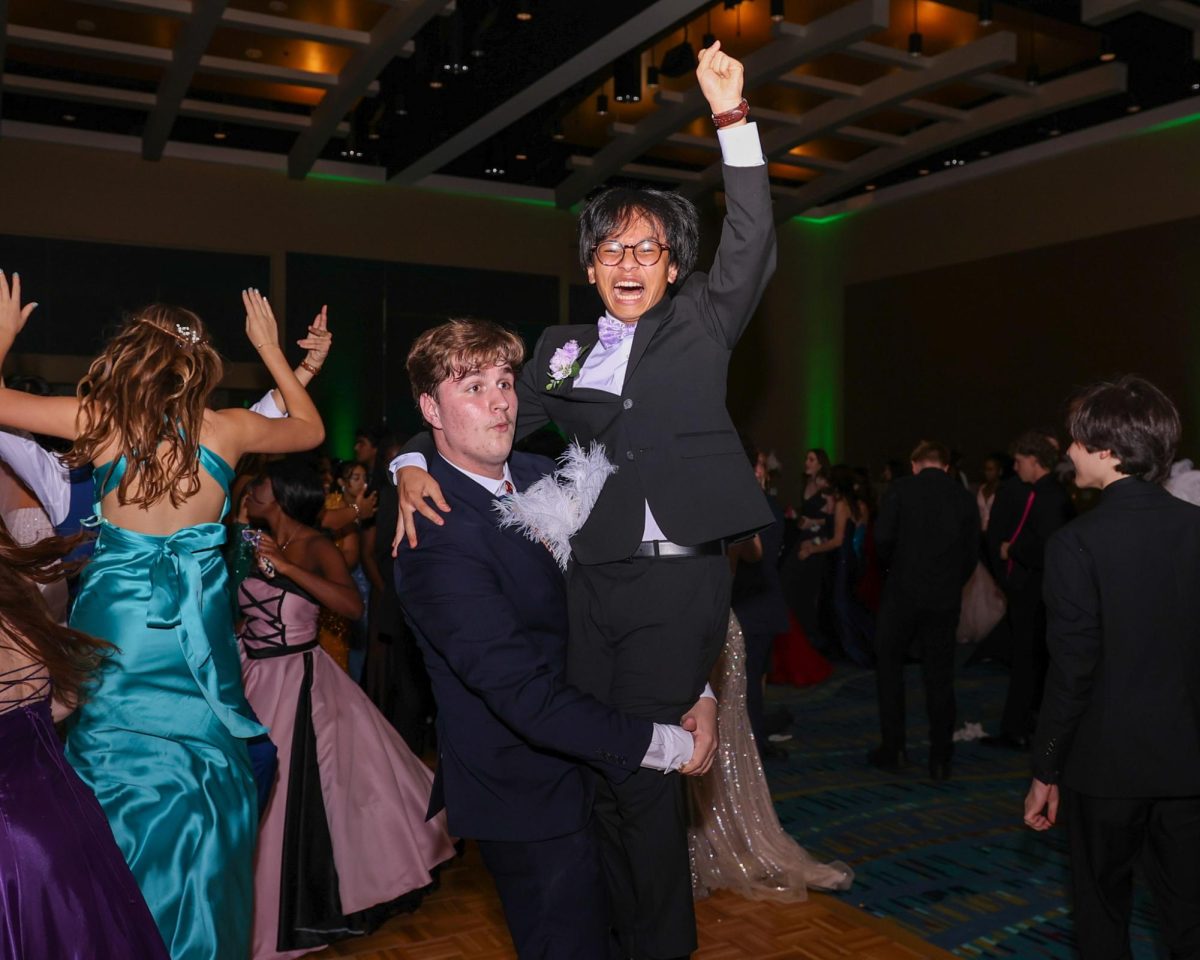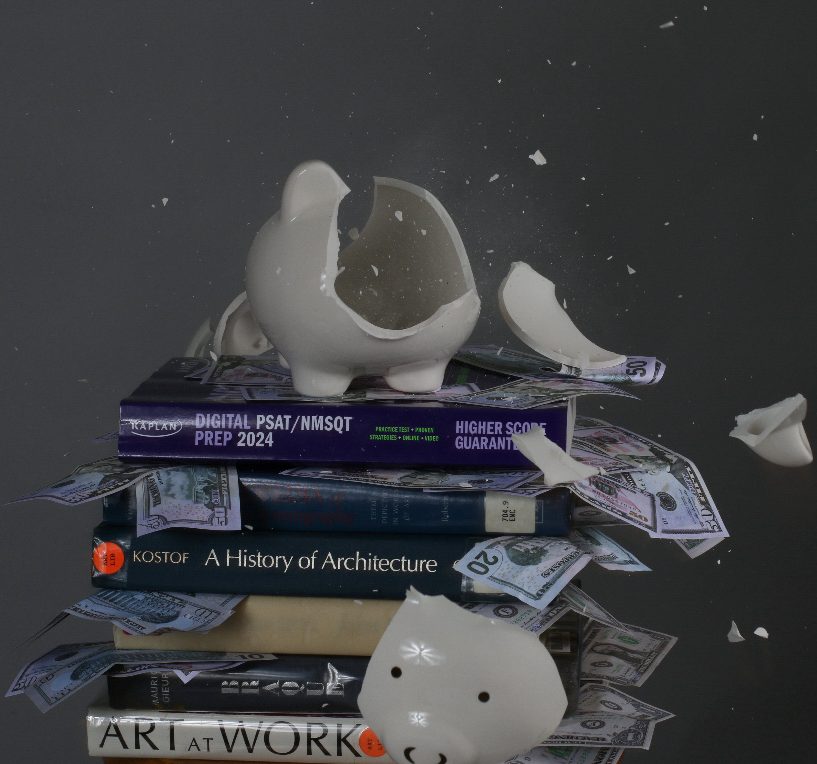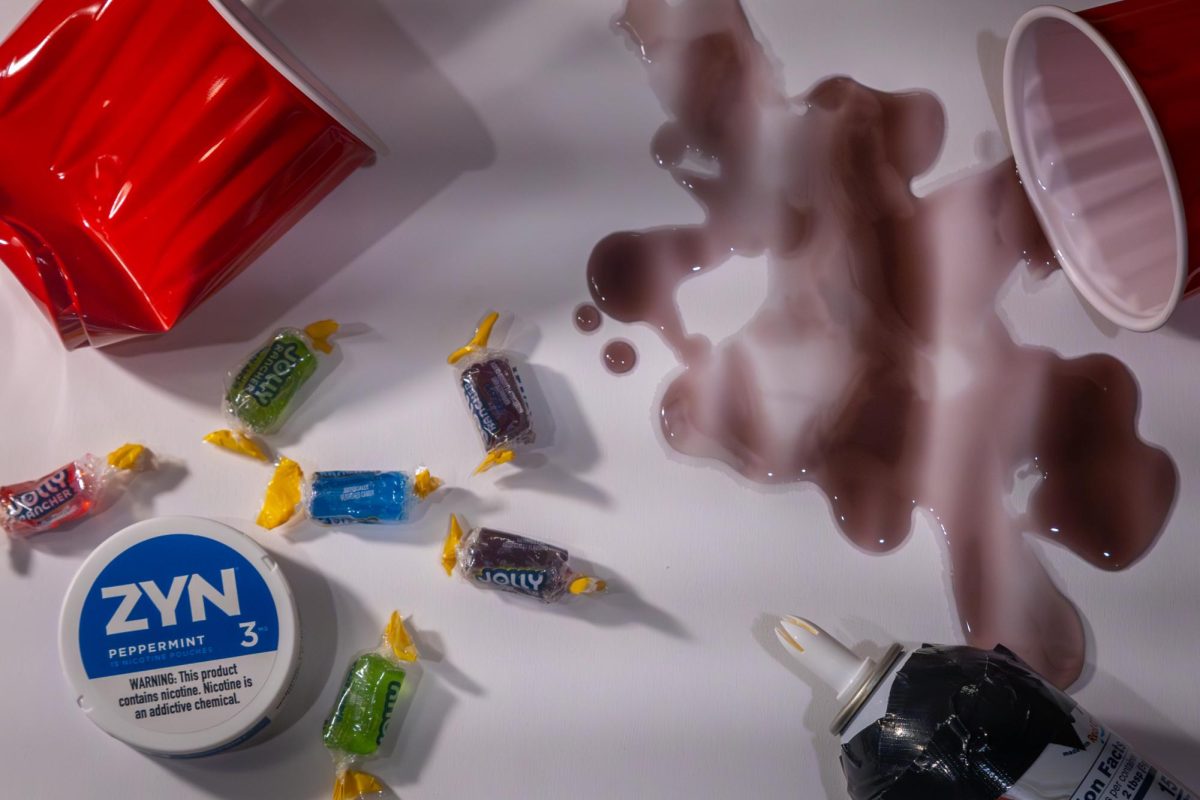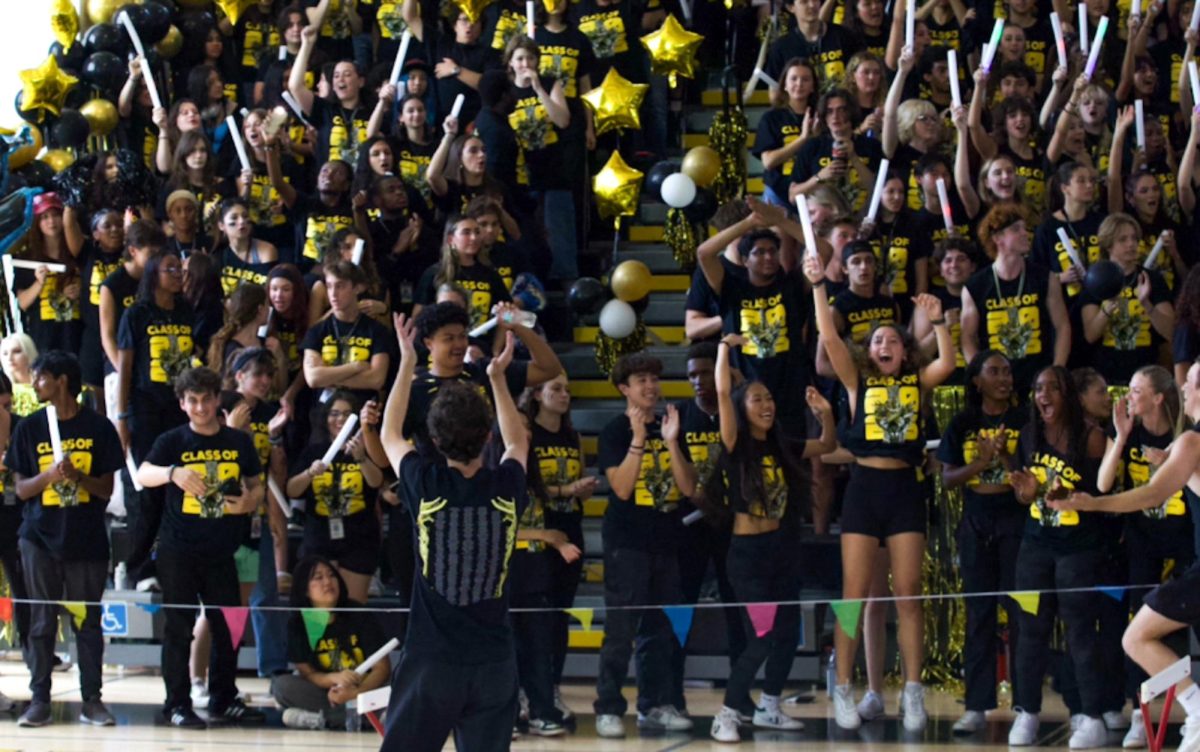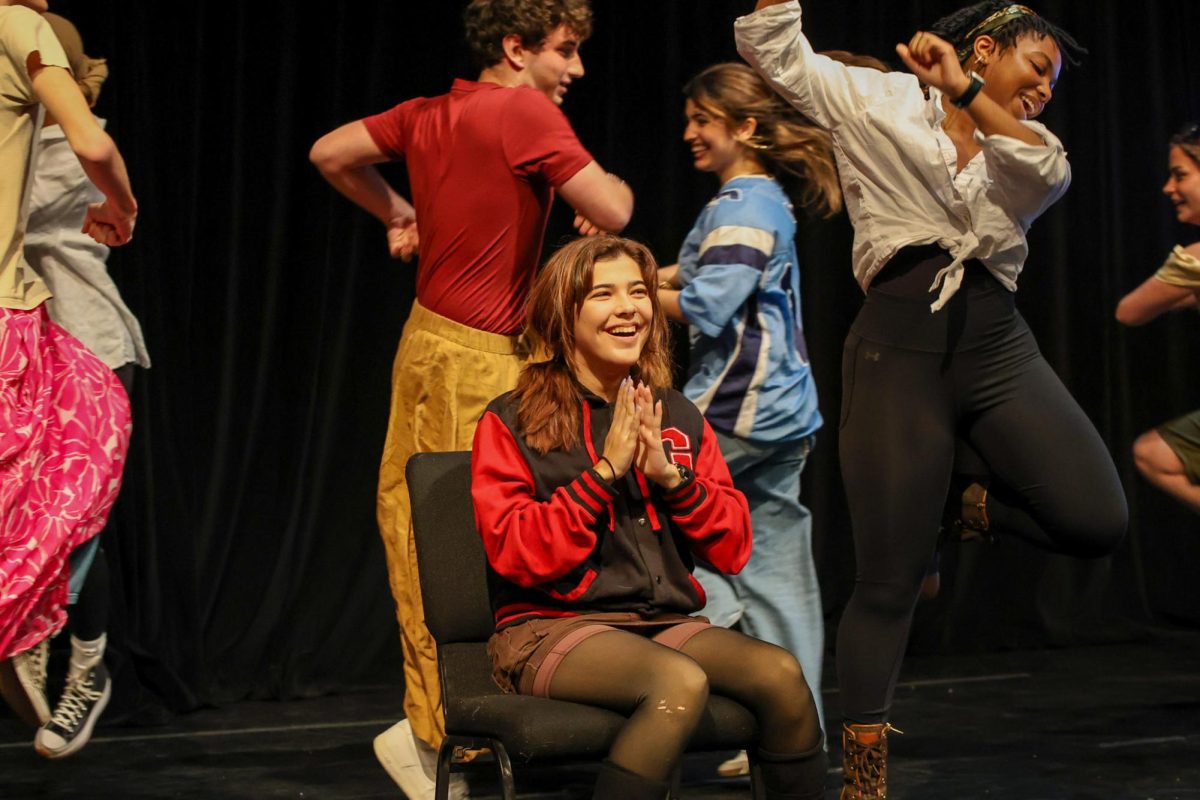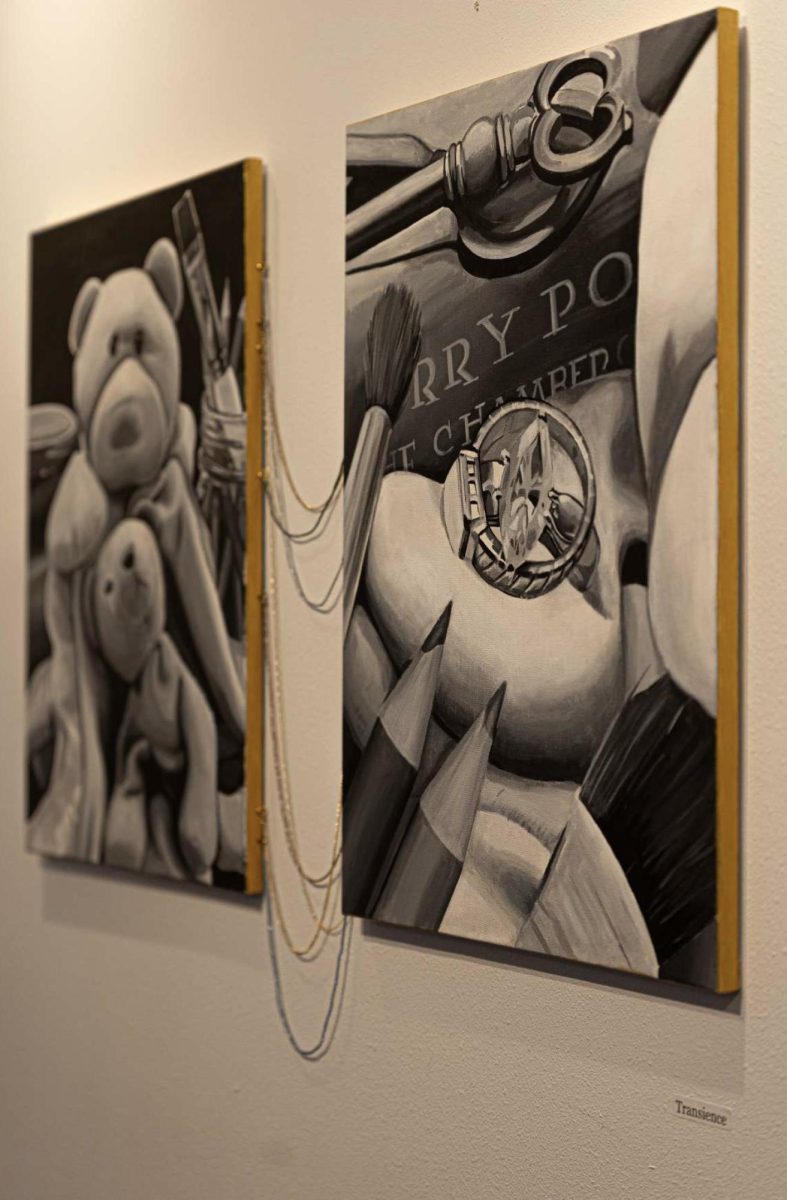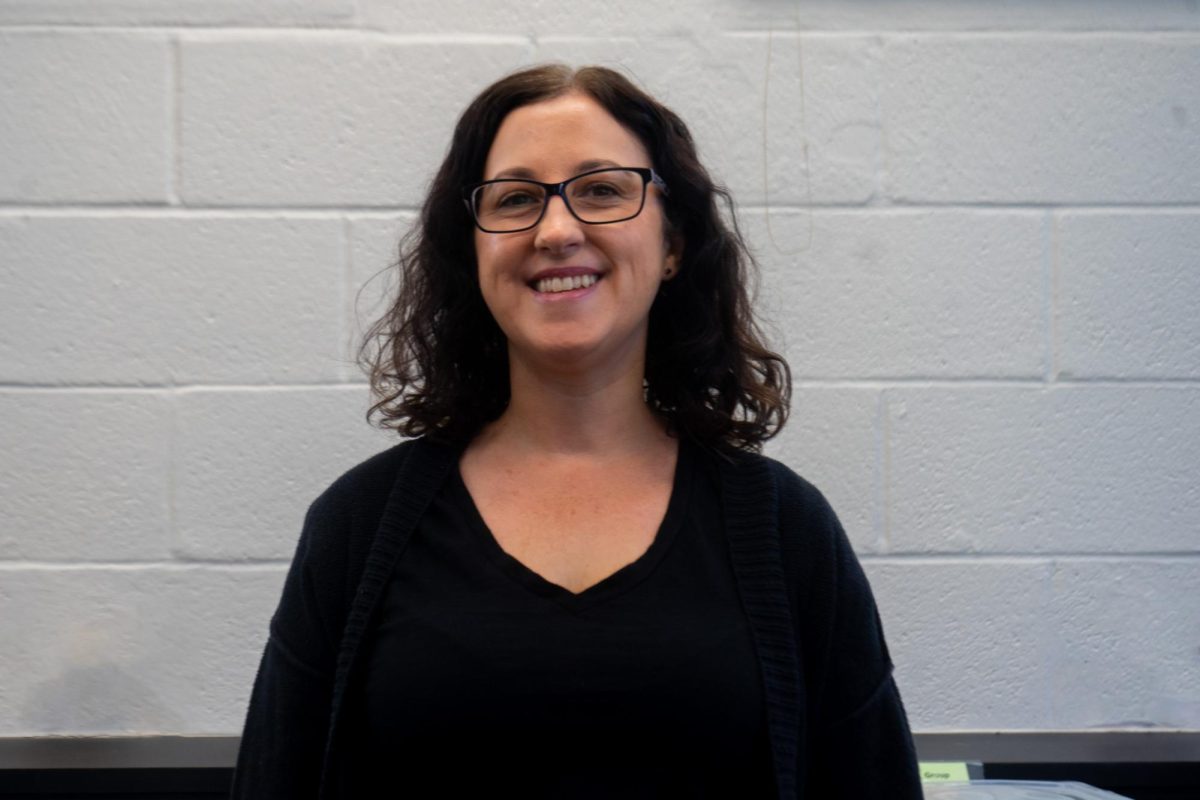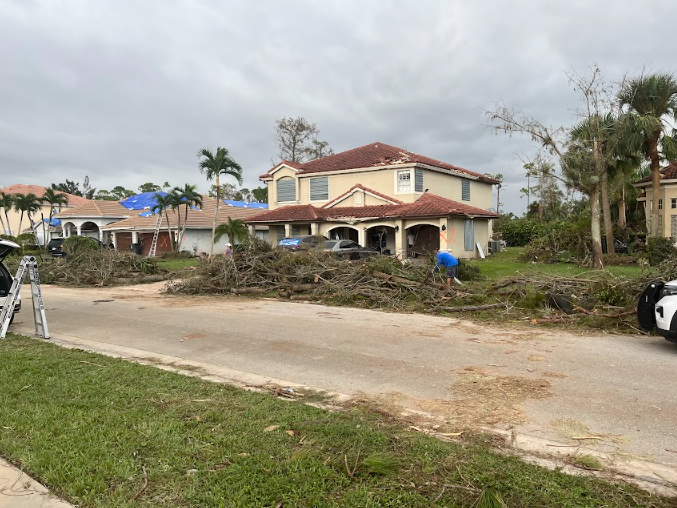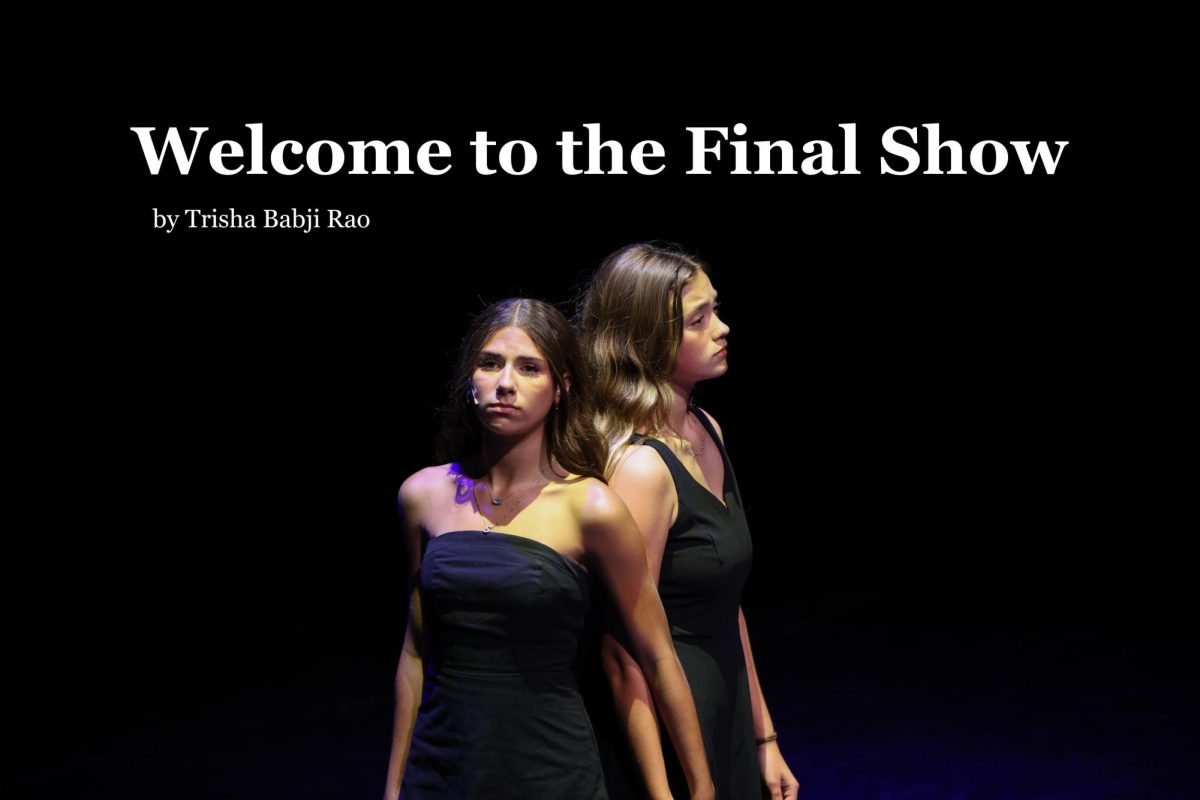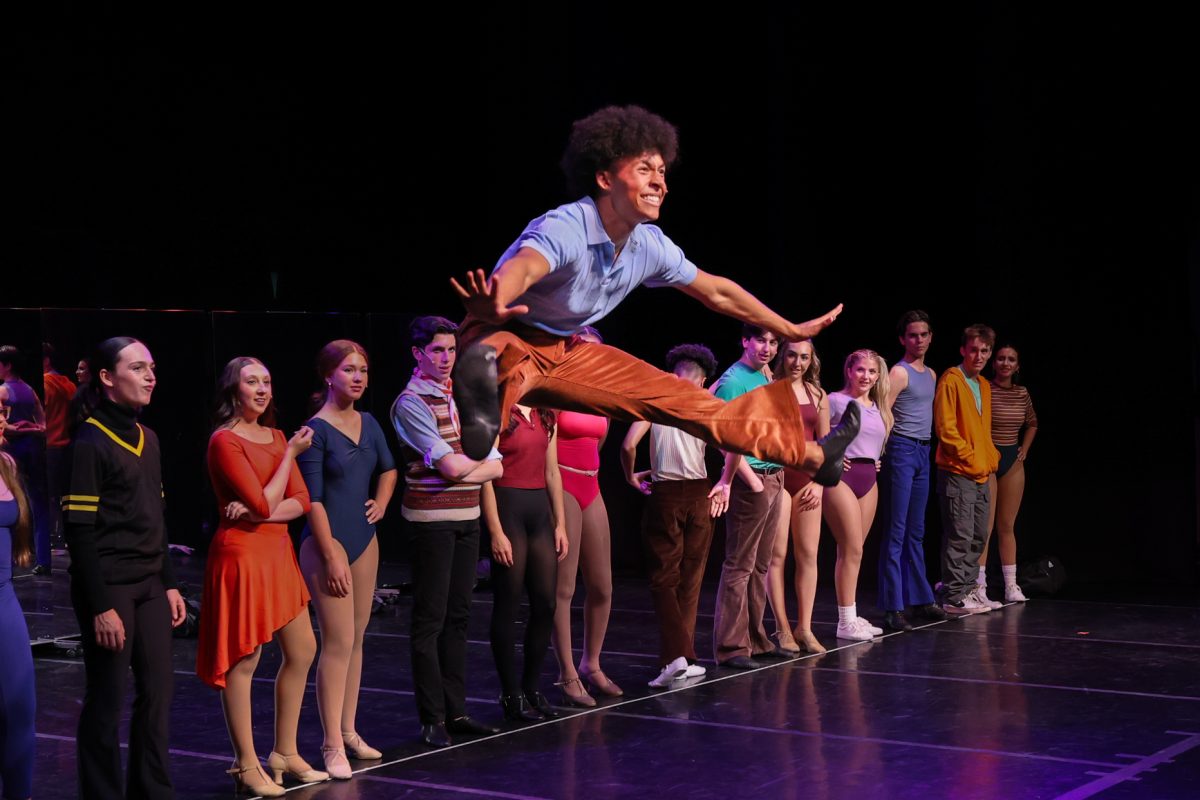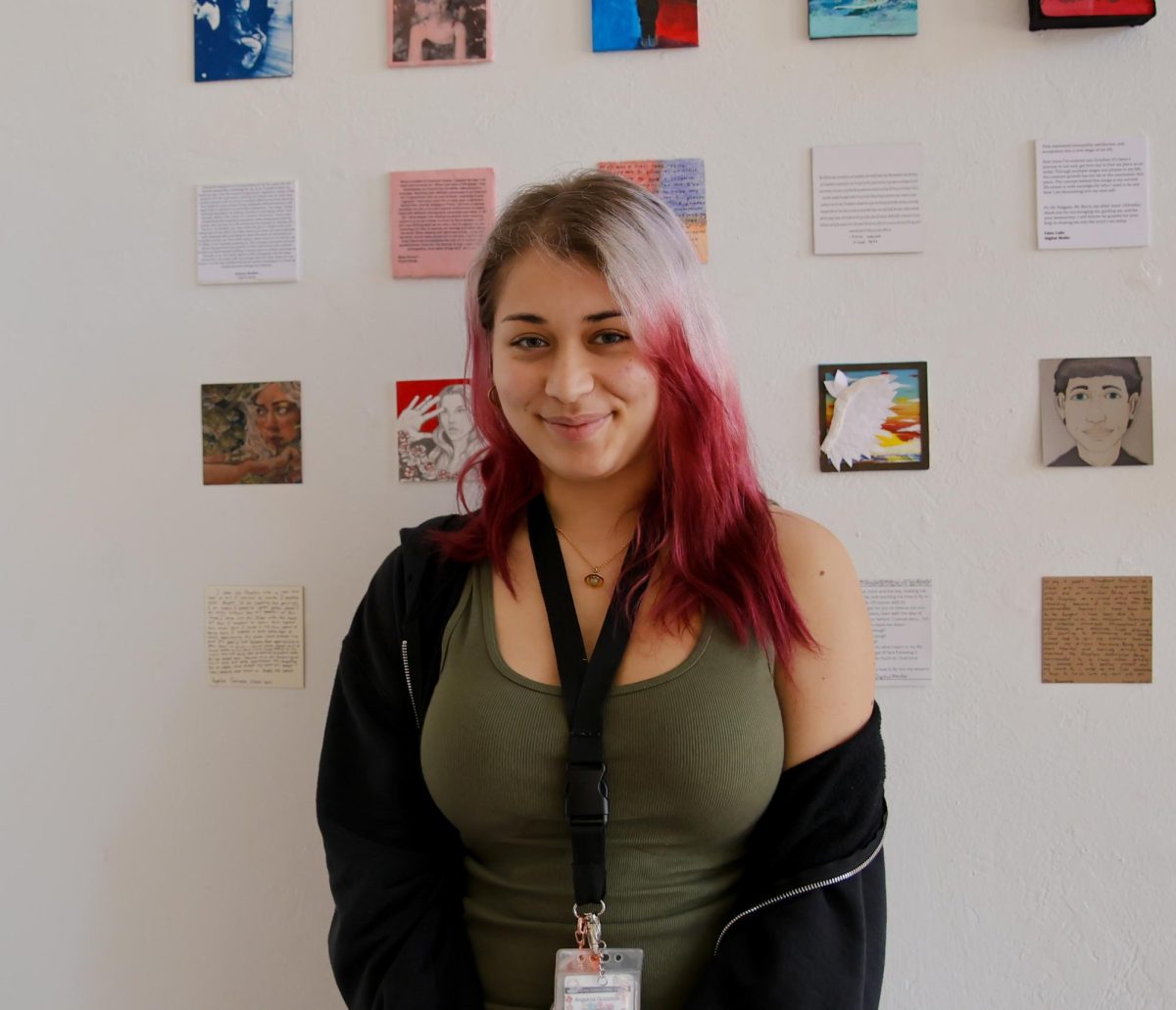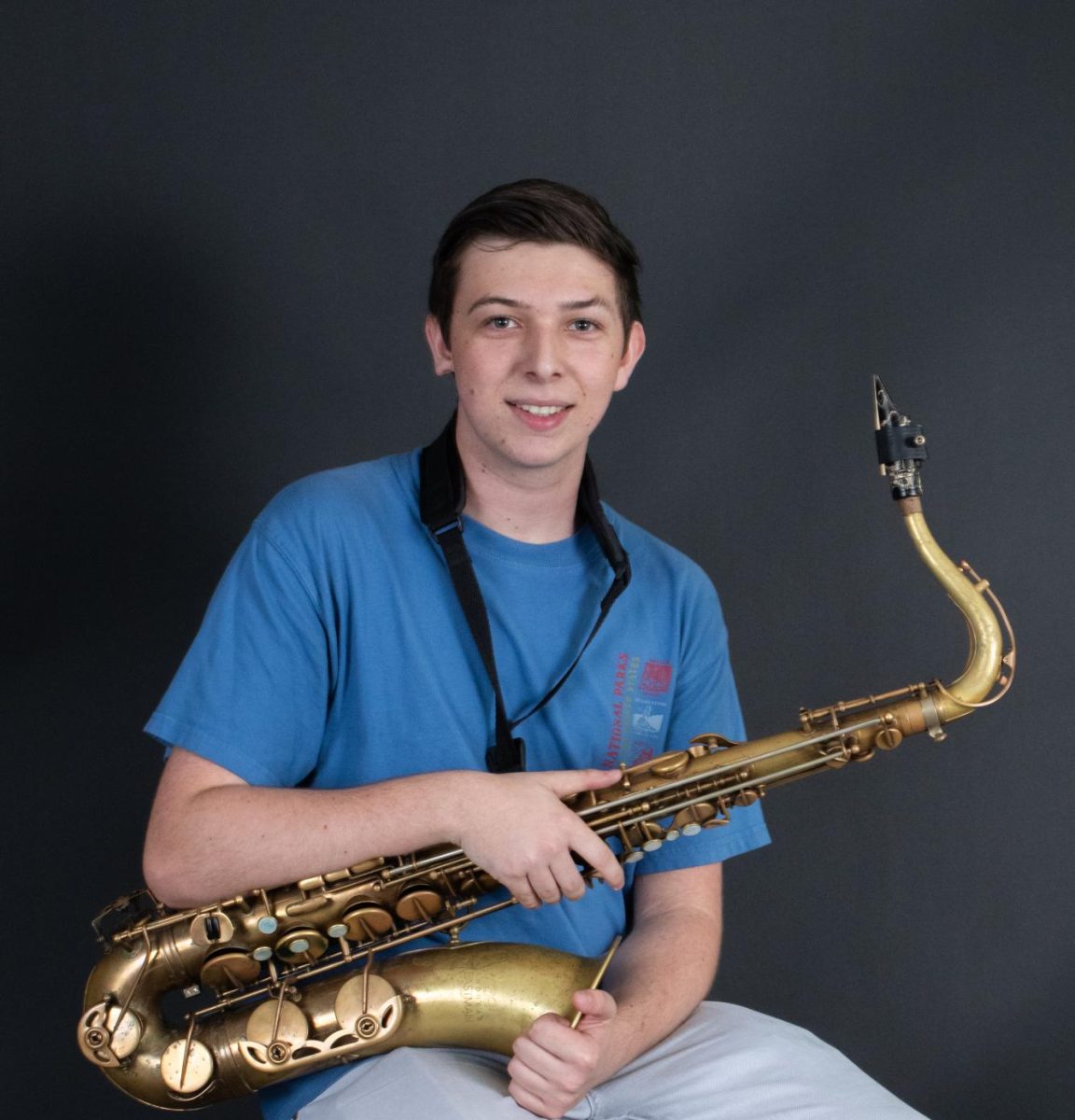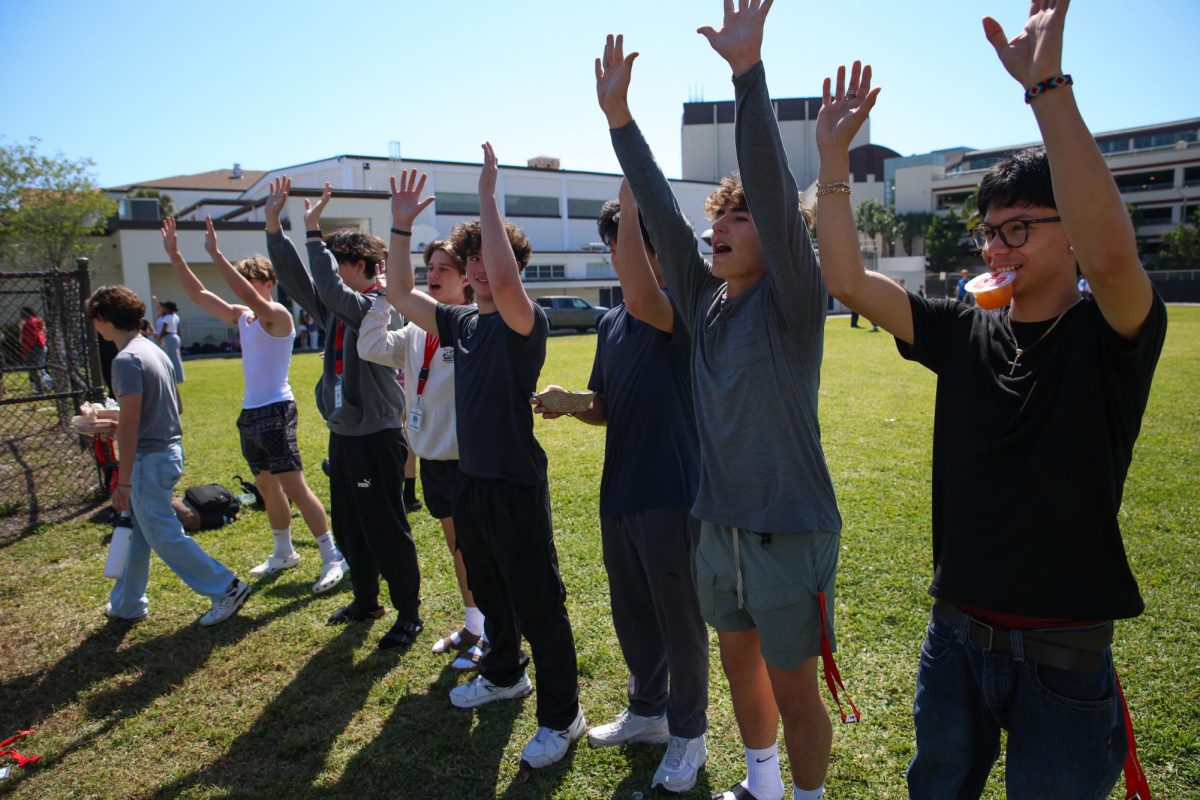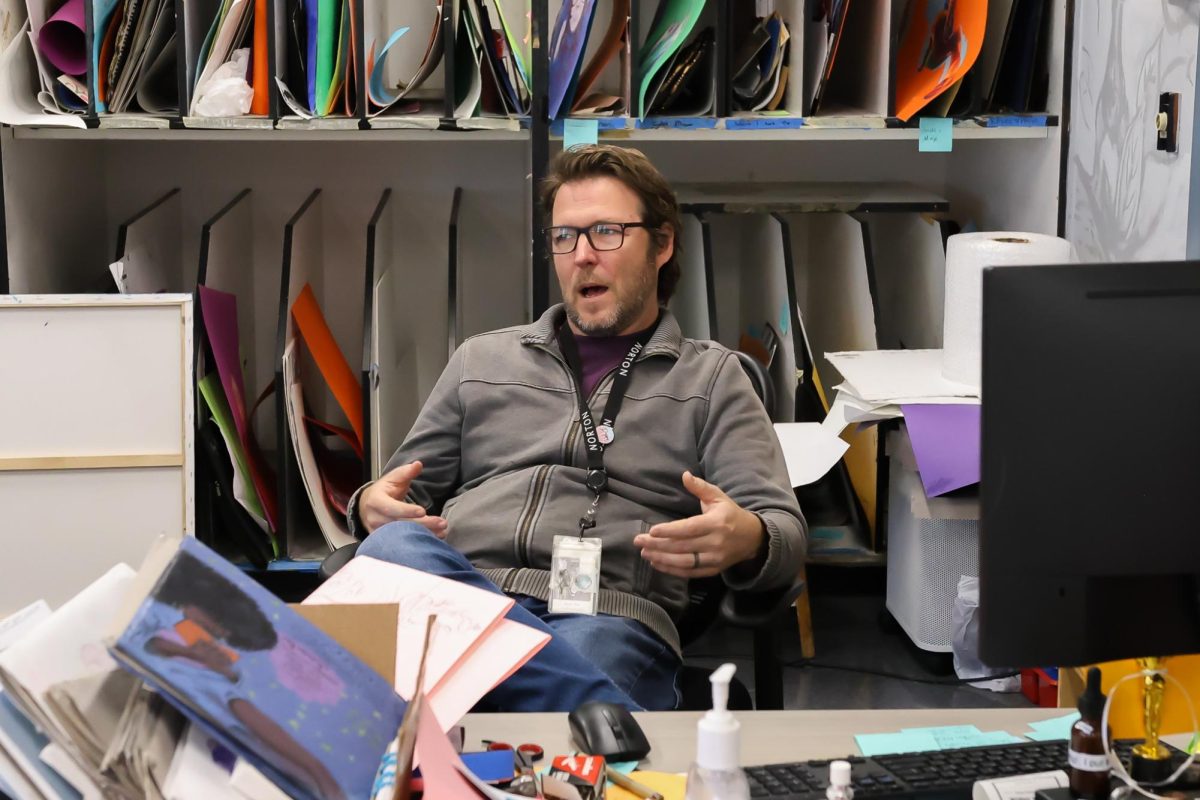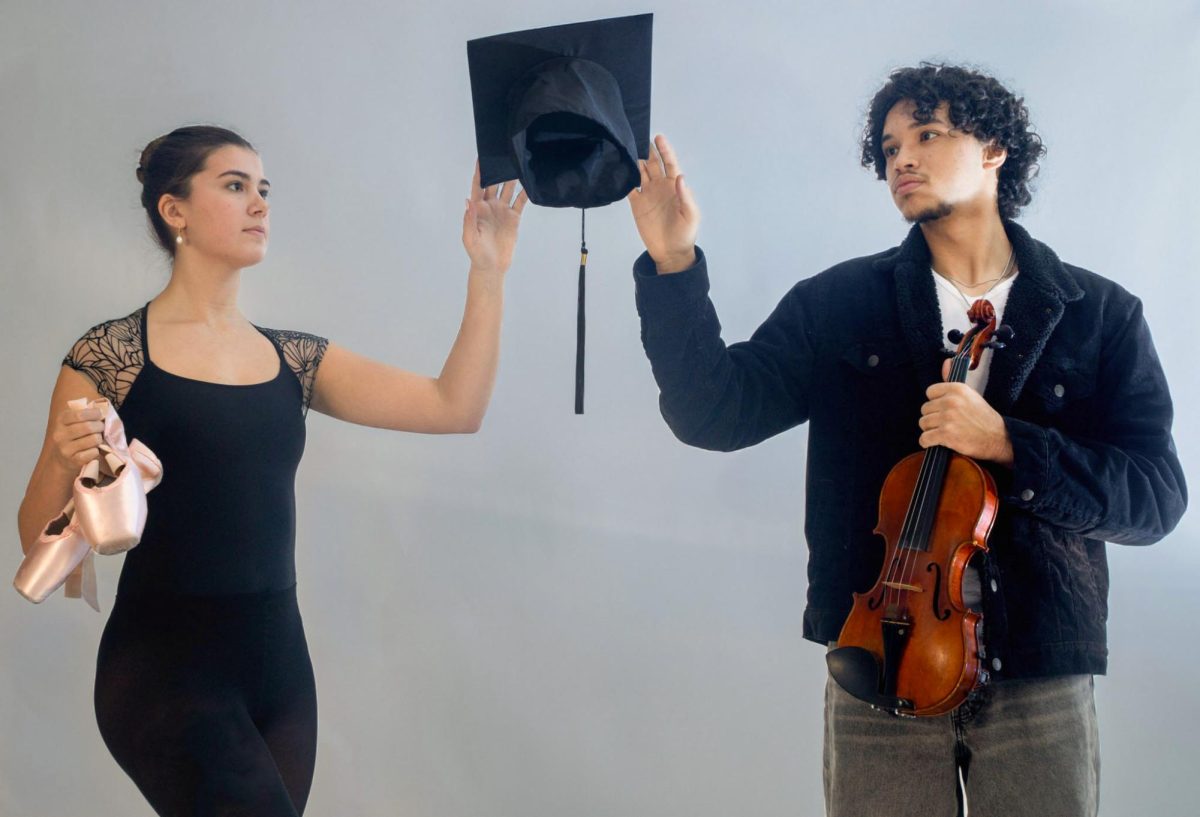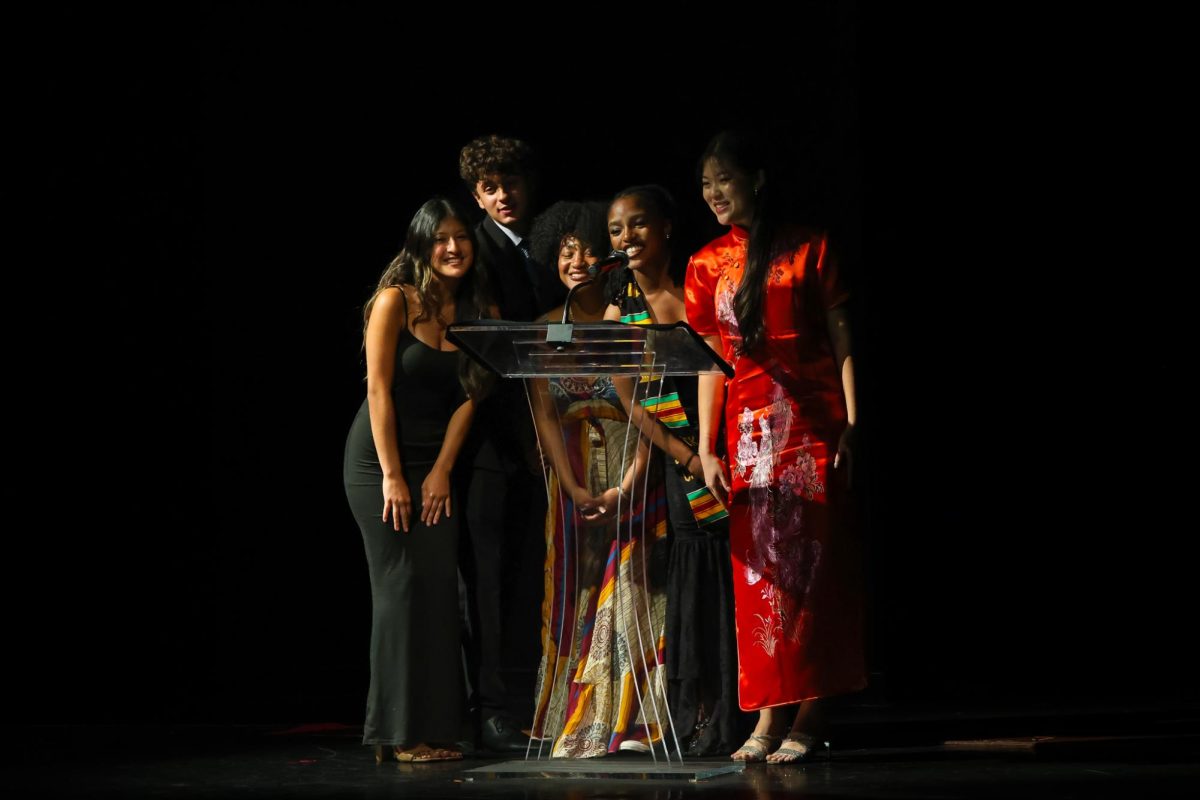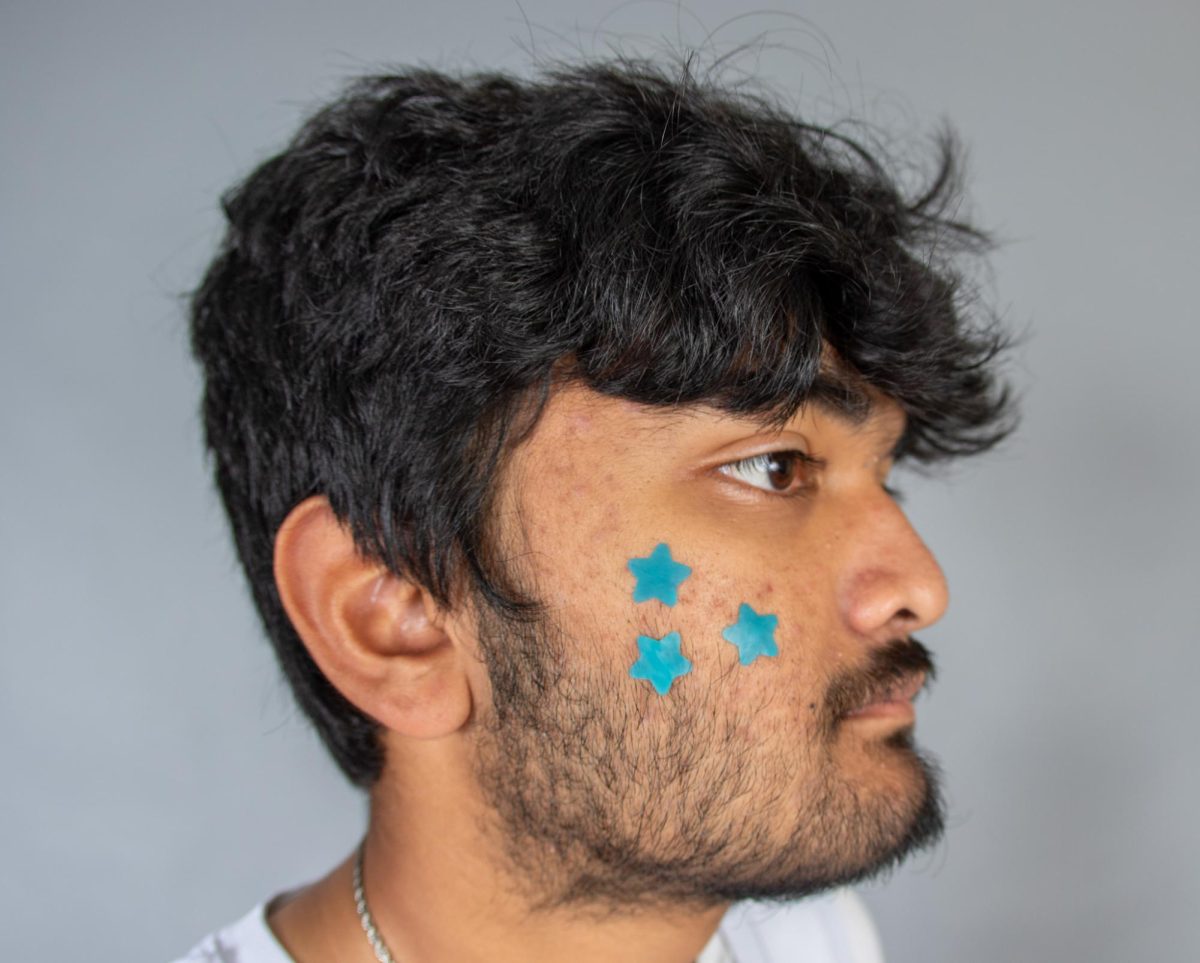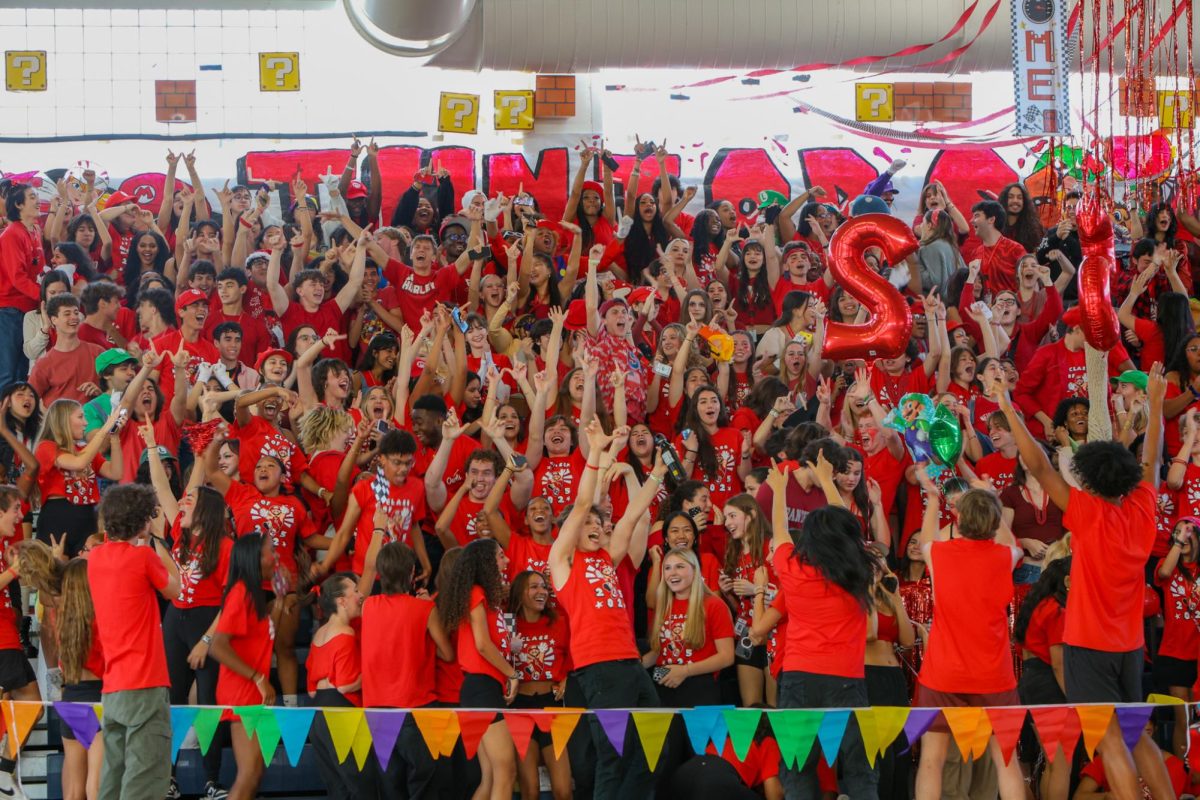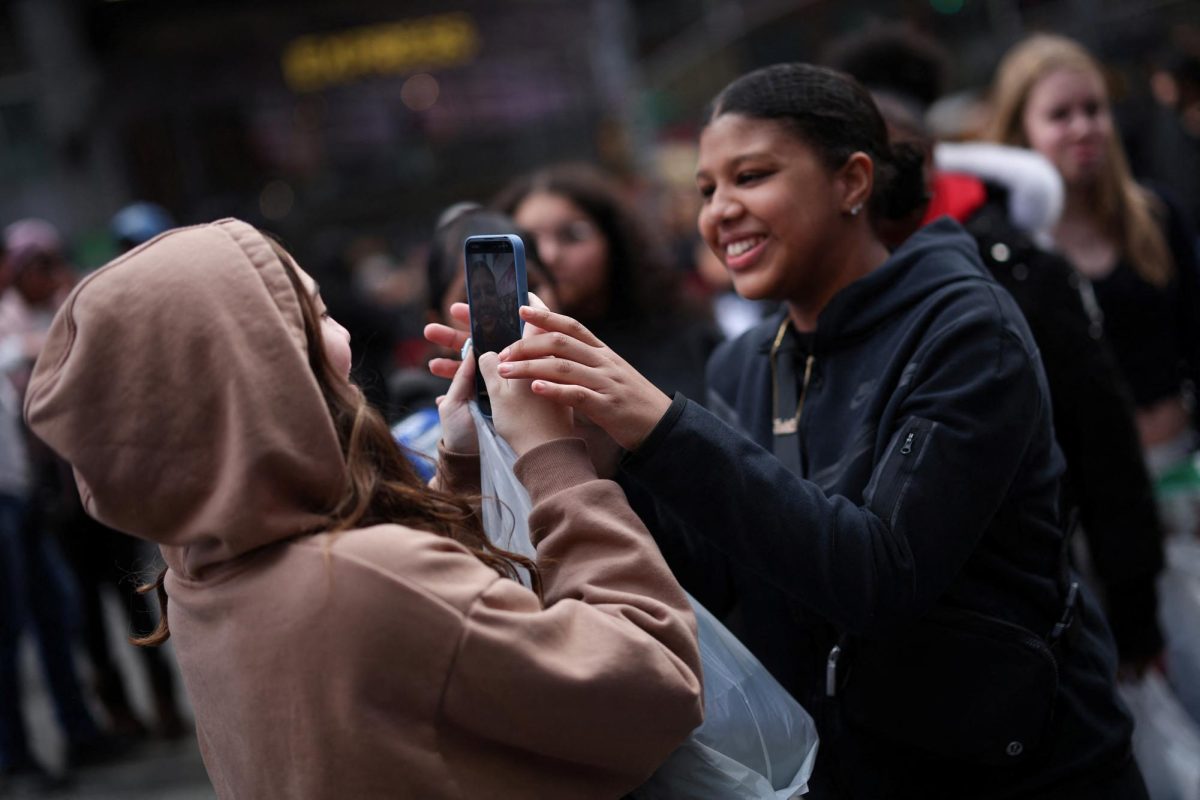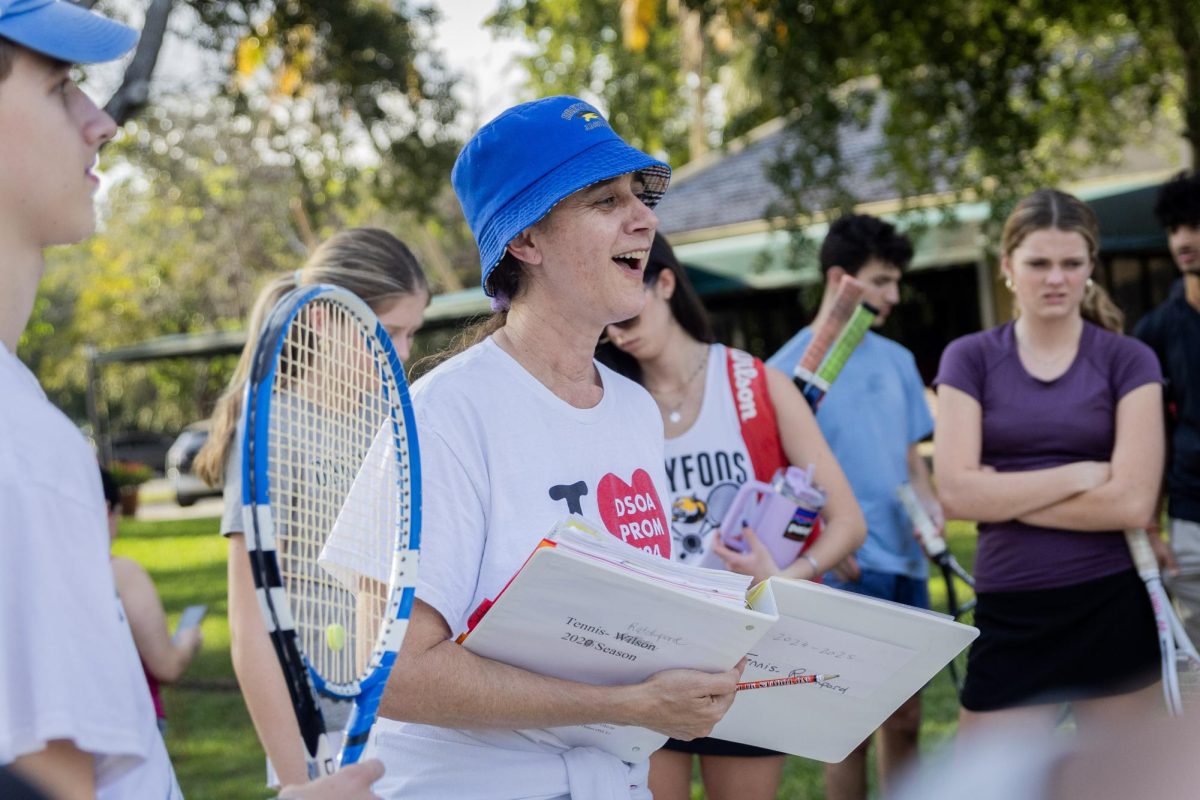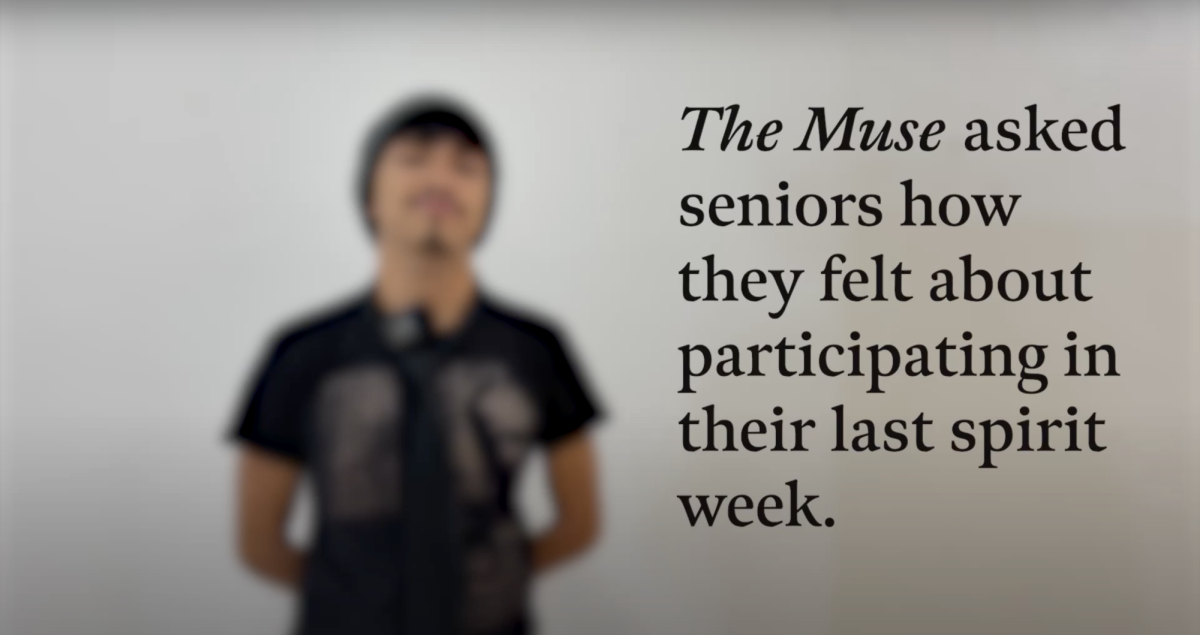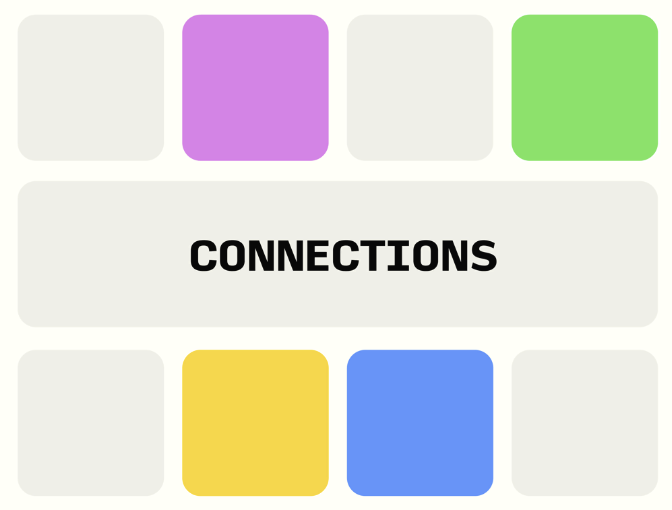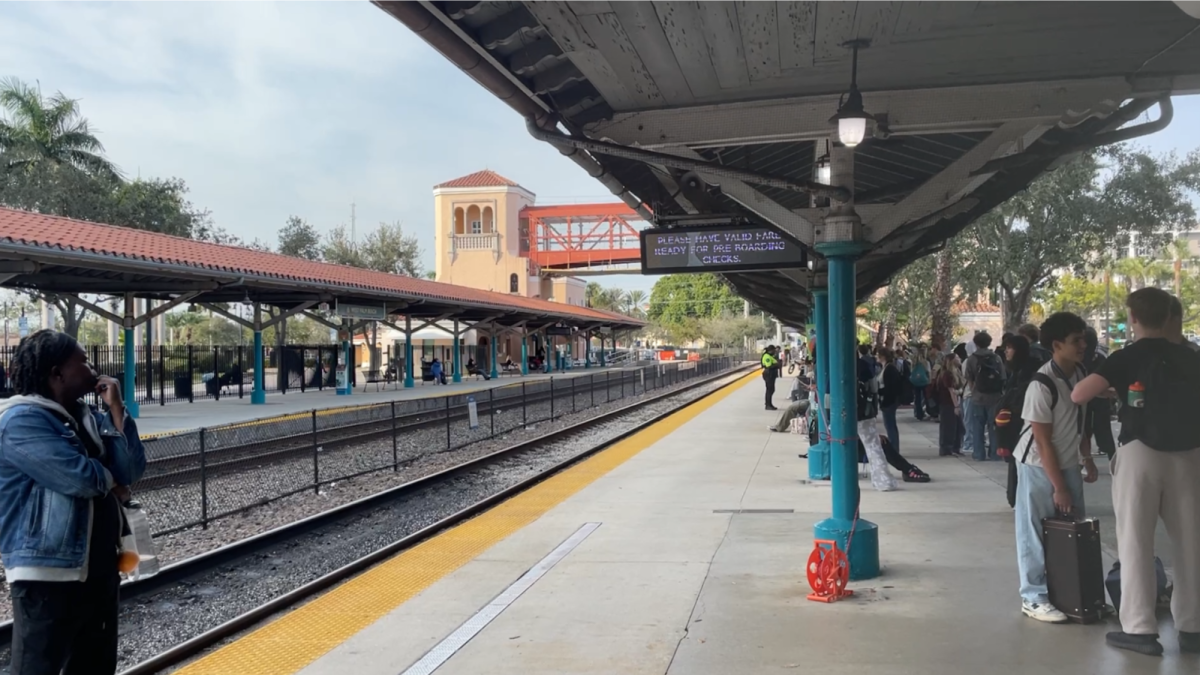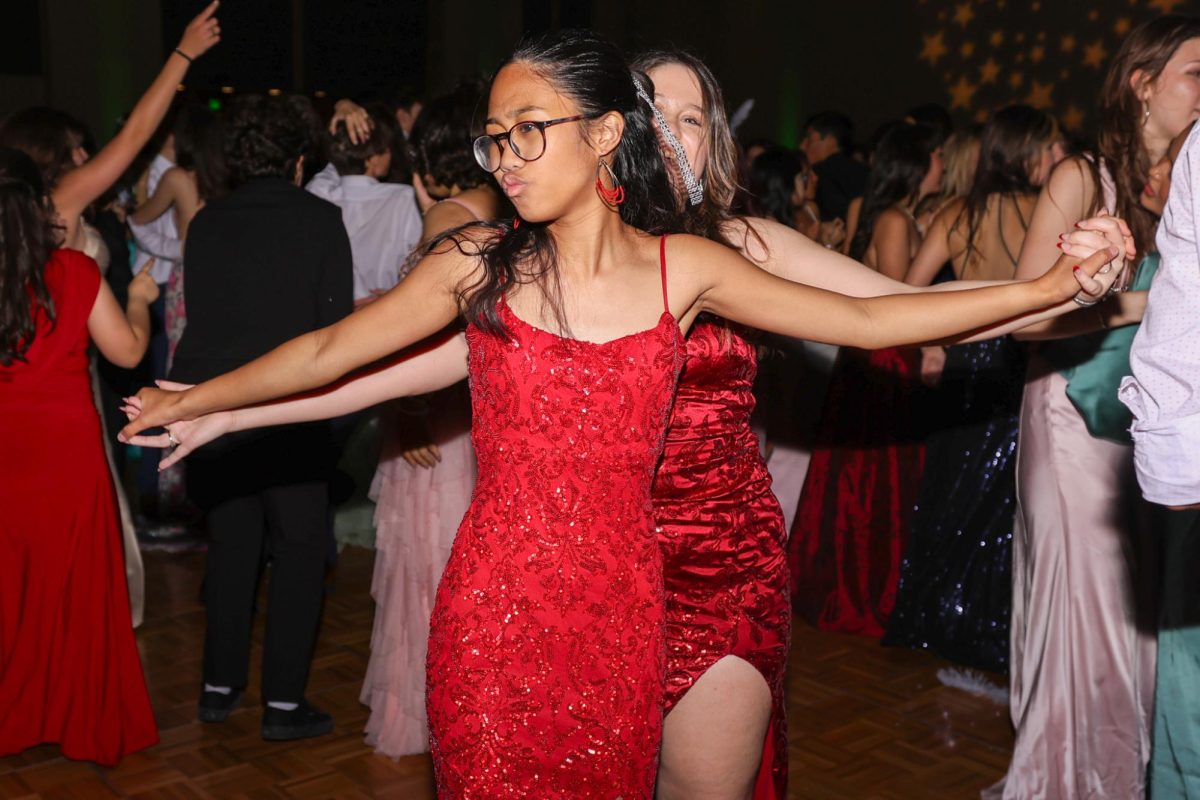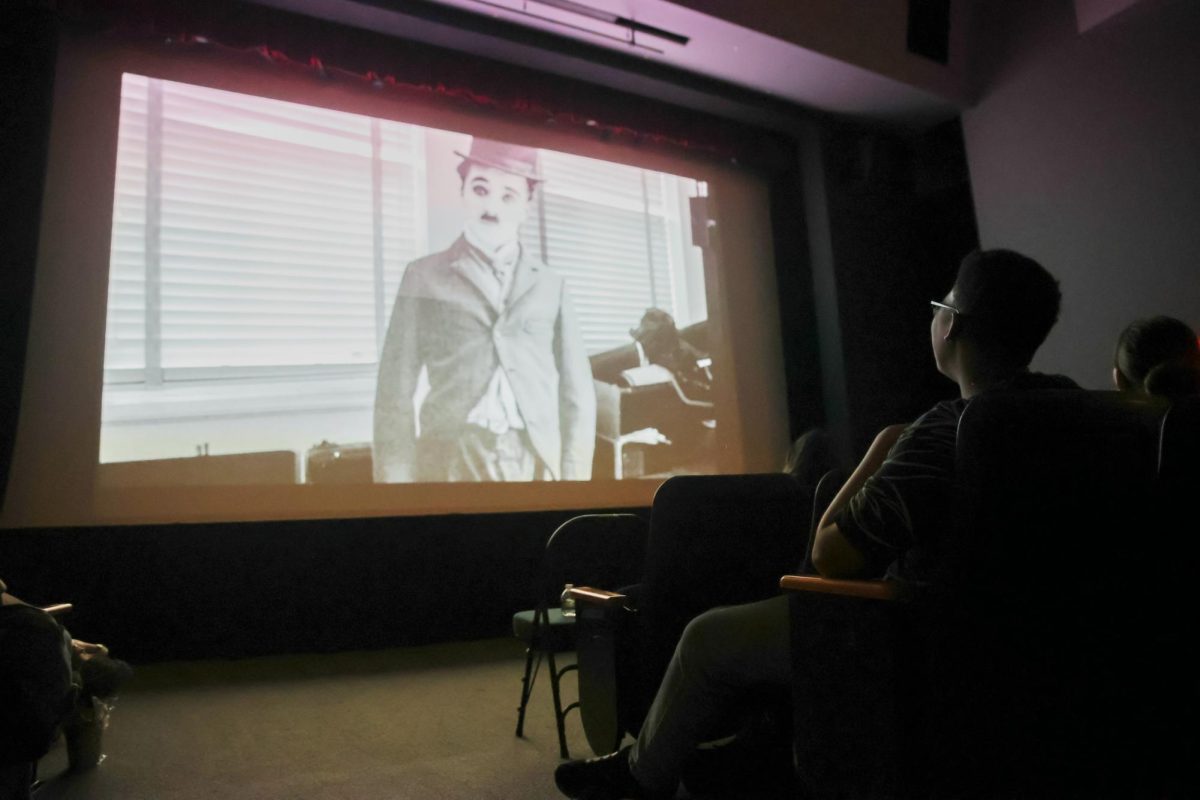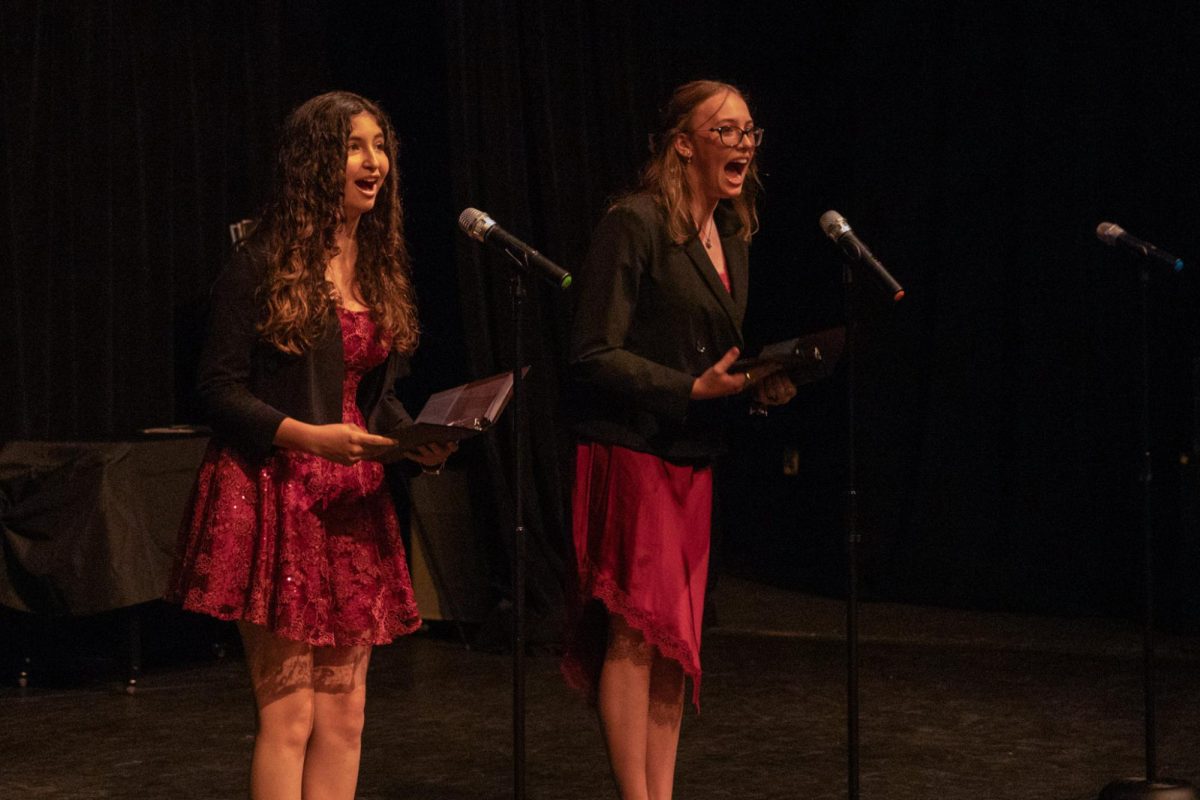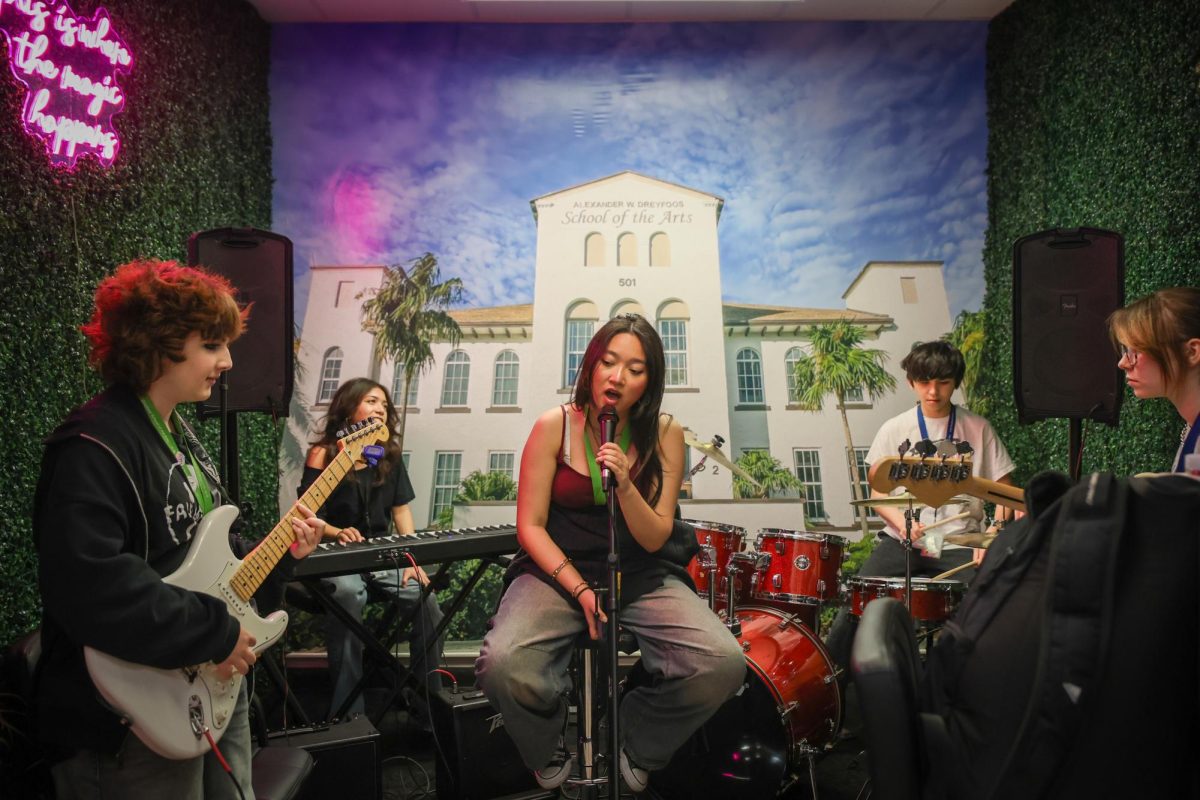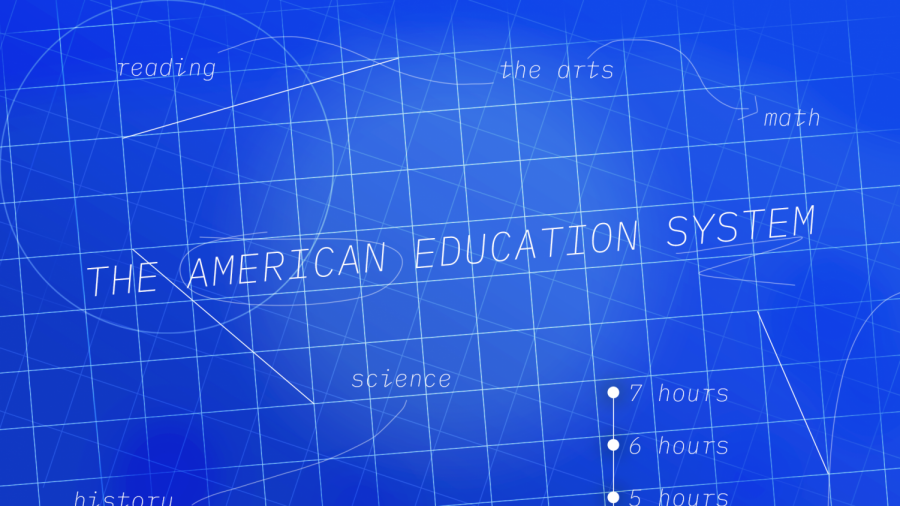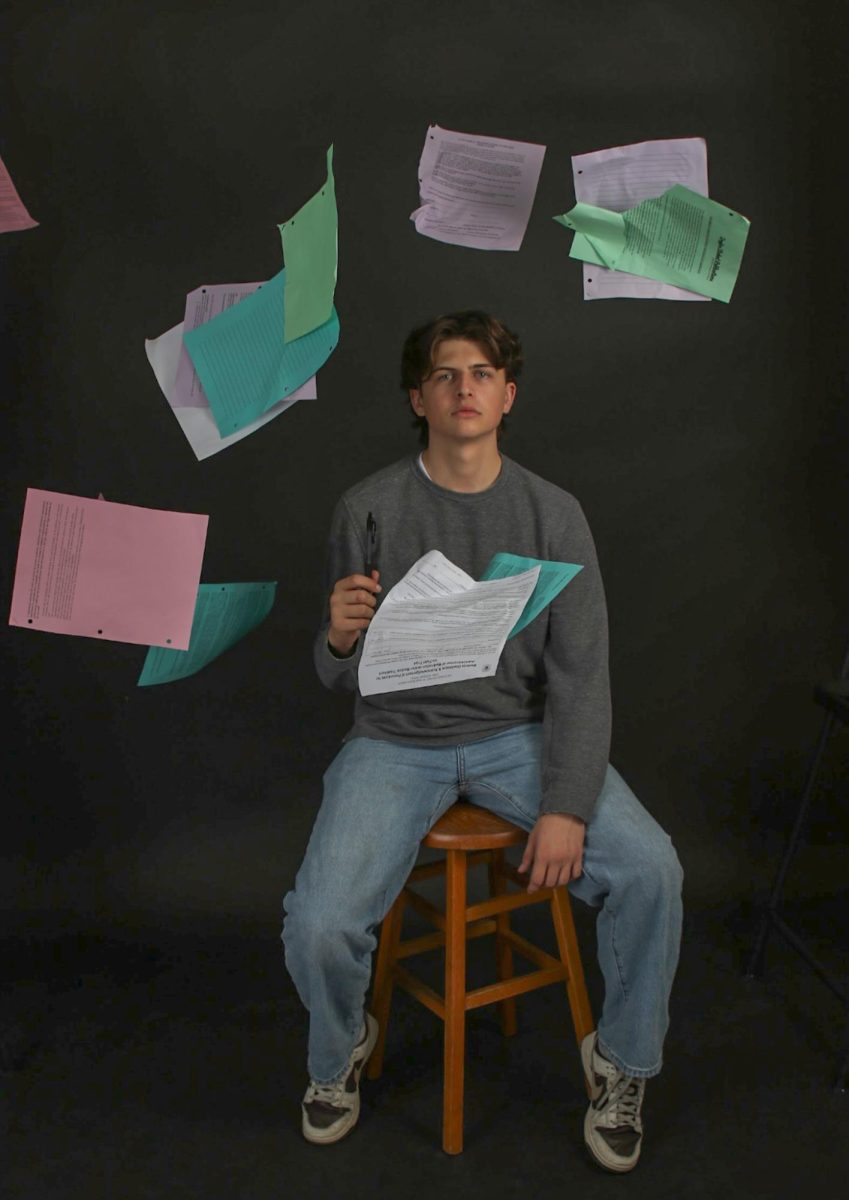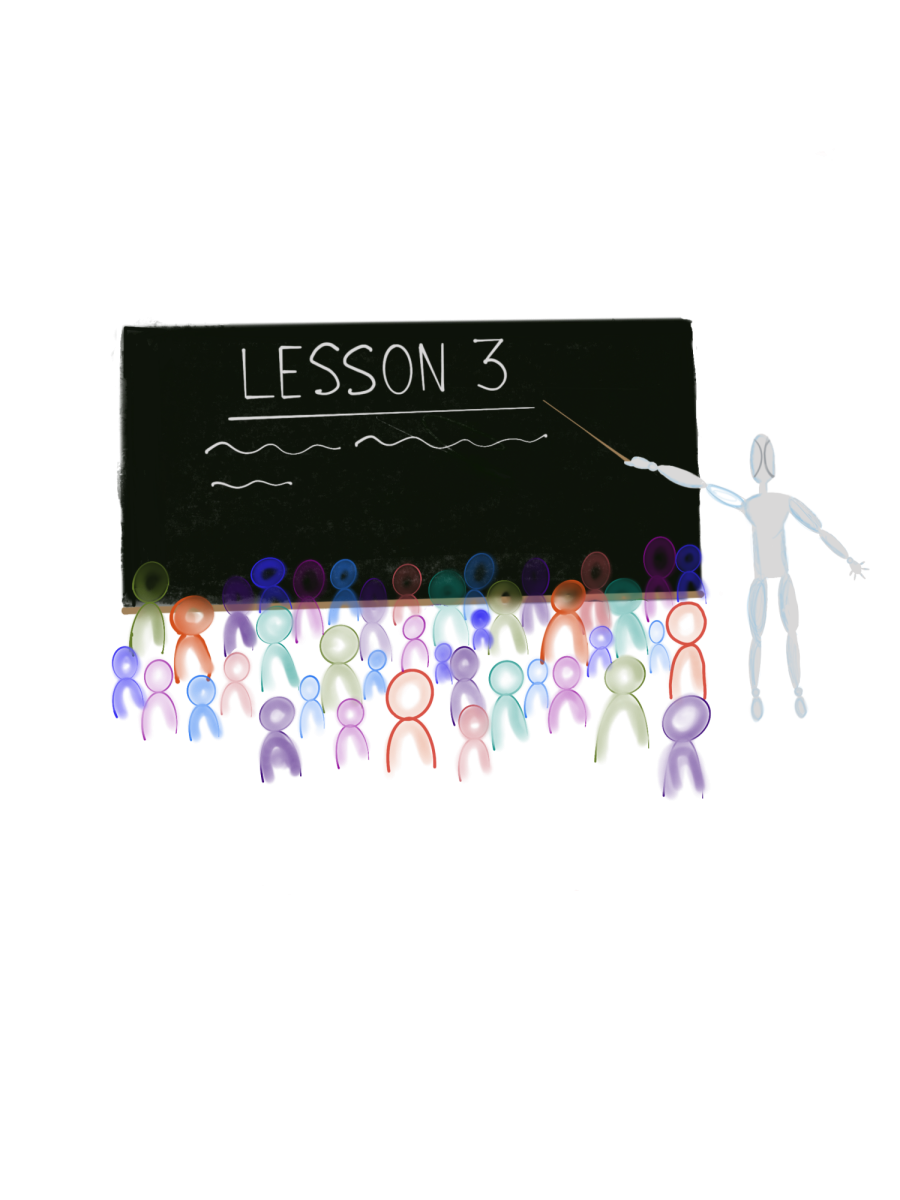It is no secret that COVID-19 has been a wet blanket on the school experience. Considering the missed dances, graduation ceremonies, pep rallies, and performances that have long been staples of high school life, it can be easy to overlook the most grievous damage the pandemic has dealt to our education: the actual education.
The evidence is overwhelming: the number of failing grades in Palm Beach County almost tripled in this year’s first quarter. With many students still learning virtually, the setbacks of a remote learning system are becoming increasingly apparent.
However, when looking back upon education before the pandemic (if one can remember such a time), it becomes clear that the shortcomings of American education go back much further, and the pandemic has simply opened our eyes to how bad things can really get.
American students currently lag behind their peers in other countries, ranking 38th out of 71 countries in math and consistently in the middle of the pack in other subjects. Irrespective of any perception of American dynamism, America’s education has stagnated while the educational models of some of its global counterparts have evolved.
In the context of their education, students across the nation feel the impacts of decreased engagement as they approach high school graduation. School in America is not a place that fosters creativity and excitement; instead, it enforces routine and obedience. School has become more about the scores on exams and standardized assessments, rather than the process and effort behind it.
Fortunately, America’s education is not a lost cause. Other countries and school systems have laid a blueprint of how to generate effective learning and productive environments that the U.S. can look to for guidance.
(Too Many) Hours in the Day
To make a long story short: the way the average American school day is structured is not conducive to learning, considering the attention span and learning habits of adolescents.
Often teachers complain that their last period of the day is never as attentive as their other classes because of the sheer exhaustion students feel toward the end of a roughly seven-hour school day. For me, it’s a struggle to keep my head up during my last class, let alone take notes and actively listen.
Evidently, I am not alone as 51 percent of adolescents say they feel excessively sleepy or tired during the school day. This could be for a variety of reasons (late-night studying, after-school activities, family obligations, etc.), but regardless of the cause, it needs to be taken into account when structuring the school day.
School systems across the world have laid out successful alternatives to our school day structure. Implementing just one of them could make a massive difference in student enrichment and overall learning.
For example, school days in Ireland are only 5 hours and 40 minutes long compared to the American 7 hours. Though it may seem like a minimal difference, this time could equate to an extra hour of sleep in the morning, or a period of relaxation after school before diving into the inevitable pile of homework. As such, Irish students rank 17th out of 65 countries in reading, science, and math scores. Clearly, they are doing something right.
Even if shortening the school day as a whole seems far-fetched, there are other ways to make the day more bearable and to keep students feeling energized a little bit longer. For instance, Finland, which has consistently led the world in education, gives its students a 15-minute break for every 45 minutes of work.
Though this may seem excessive, it makes sense that breaks would produce a more engaging environment for students. Especially with block scheduling, classes can seem to drag on with little reprieve. Providing students regular 15-minute breaks to stretch and talk to their friends could do wonders for their focus in class, allowing them to recoup their energy for the next lesson
The benefits of this kind of reform are growing more apparent in virtual classroom settings, where students often suffer from “Zoom fatigue.” Sitting at a computer all day can be exhausting, and giving students regular breaks to get away from the computer could help improve student engagement and energy throughout the day.
A Change in Mindset
In order to truly fix a lagging education system, students and teachers alike must grasp the purpose of that system and how it came to be. The purpose of education has always been to teach people what they need to know to make it in the so-called “real world.” However, the relatively unchanging curriculum of American public education fails to account for the fact that the “real world” has changed drastically.
Modern education guides students down an outdated path and rarely lets them branch out and discover what they are truly passionate about. American education puts emphasis on the following four core subjects: reading, math, science, and English, with a couple of electives sprinkled in. Though these areas are undoubtedly important, other career options are becoming increasingly accepted as a societal norm.
Years ago, it might have been unthinkable for a student to want to take on a less practical career path, perhaps forgoing a college education and choosing to work in the arts. But in an increasingly modern society, this walk of life is not as looked down upon. Yet the rigid structure of most schools often doesn’t allow for these kinds of interests to really take flight. Instead, they revert to the skills needed for more practical careers.
The good news is, our school is already way ahead of the game in this department. As an art school, we have the unique ability to foster the creativity of our students in their respective disciplines and encourage them to walk the path less traveled in terms of career choice.
However, there is always room for improvement. Although our school has already implemented arts programs, we still have the hallmark focus on standardization and test scores present in any American public high school.
Once again, we can look to Finland for guidance. Unlike the American mindset of simply learning information to prepare you for the next grade or for college admissions, Finnish schools prepare students equally for all types of career paths. They make sure that with or without a college degree, students have an equal chance for success by exploring more than just the traditional fields of studies in primary and secondary education and providing targeted career training to students.
Adopting this kind of mindset could help alleviate the mounting pressure of college admissions, as students often feel that their only purpose in high school is to ensure entry to a big-ticket university. Schools shifting focus to teaching different trades (as is done in Finland), rather than just core subjects, can make students feel that their passion is a viable option for the future. Additionally, it could encourage students to focus on what they really love without apprehension of how it will affect their future.
I clearly realize that these changes won’t happen overnight (after all, Rome wasn’t built in a day). However, it remains important to start discussions of how education can be reformed.
America is far from a lost cause, we just need a push in the right direction. Schools like ours are evidence that public education can be transformed. As education policy becomes more of a voting issue in state and national elections, voters have the power to make these ideas a reality. These suggestions are merely a starting point from which future change can stem and ultimately improve the current shortcomings of American education.
Change starts small, and there are plenty of things students can do at the local level to start education reform. If you want to help, you can attend school district board meetings, write to city councils or state legislatures, or even talk to your teachers and share your thoughts on how to make our school experience the best possible.

